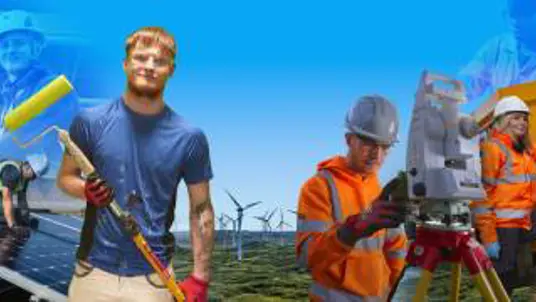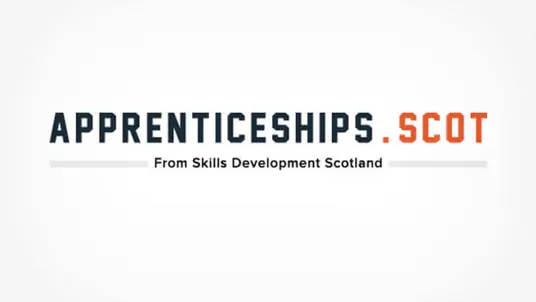How to become a wind turbine engineer
There are multiple routes to becoming a wind turbine engineer. You could complete a university course or an apprenticeship.
You should explore these routes to becoming a wind turbine engineer to find out which is the right one for you. Although some of these options have certain qualification requirements, many employers are more interested in people who are enthusiastic, willing to learn and can follow instructions.
You may need a Construction Skills Certification Scheme (CSCS) card to work on a construction site.
University
To become a wind turbine engineer, you could complete an undergraduate or postgraduate university course in a relevant subject, such as:
- Energy engineering
- Earth sciences
- Environmental engineering
- Renewable or sustainable energy.
Apprenticeship
You could train to become a wind turbine engineer by completing a degree apprenticeship in power or nuclear engineering.
Apprenticeships are open to anyone over the age of 16. As an apprentice, you’ll be fully employed by your company and expected to work a minimum of 30 hours a week. Your time will be split between on-the-job experience and a college or training provider.
Work experience
Work experience is essential to gaining employment within the industry. You could gain this at school, or by working weekends and holidays with a company or relative who works as a wind turbine engineer. Potential employers will always be pleased to see work experience listed on your CV.
Skills
Additional skills which may benefit anyone considering a job as a wind turbine engineer include:
- Knowledge of engineering
- Understanding of building and construction
- Good mathematical abilities
- Excellent attention to detail
- Logical thinking skills
- Excellent communication skills
- Ability to use your initiative.





